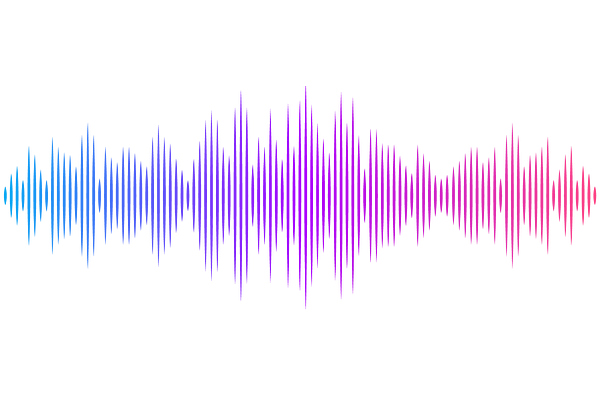Neural bidomain model for multidimensional ephaptic coupling of neural spike propagation along myelinated fiber bundles with the nodes of Ranvier

Neural bidomain model for multidimensional ephaptic coupling of neural spike propagation along myelinated fiber bundles with the nodes of Ranvier
Chun, S.; Peng, L.; Park, H.-J.
AbstractA novel mathematical model is proposed to investigate the effects of ephaptic coupling between general neural fiber bundles in a multidimensional space with anisotropic neural fiber bundles. Ephaptic coupling corresponds to the spatiotemporal interaction between propagating fiber bundles through the extracellular space. Adapted from a well-known model in cardiac electrophysiology, the bidomain model comprises of the nonoverlapping intracellular and extracellular space except the common nodes of Ranvier. The proposed two-variable model, a neural bidomain model, is derived from the classic Frankenhaeuser-Huxley model for neural spike propagation along the general neural fiber bundles. The governing equation is mathematically and computationally validated against existing one-dimensional models of neural fiber bundle propagations with aligned nodes of Ranvier. A high-order continuous Galerkin scheme is employed for efficient two-dimensional computational simulation with moving frames, or orthonormal basis vectors, representing the intracellular and extracellular conductivity and nonoverlapping domains. The proposed model is simulated in various two-dimensional configurations of neural fiber bundles that are little known to the community, such as fiber bundles with misaligned nodes of Ranvier, opposite-traveling fiber bundles, and curved fiber bundles.